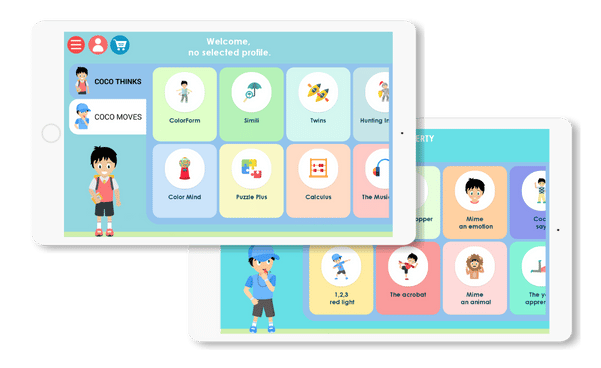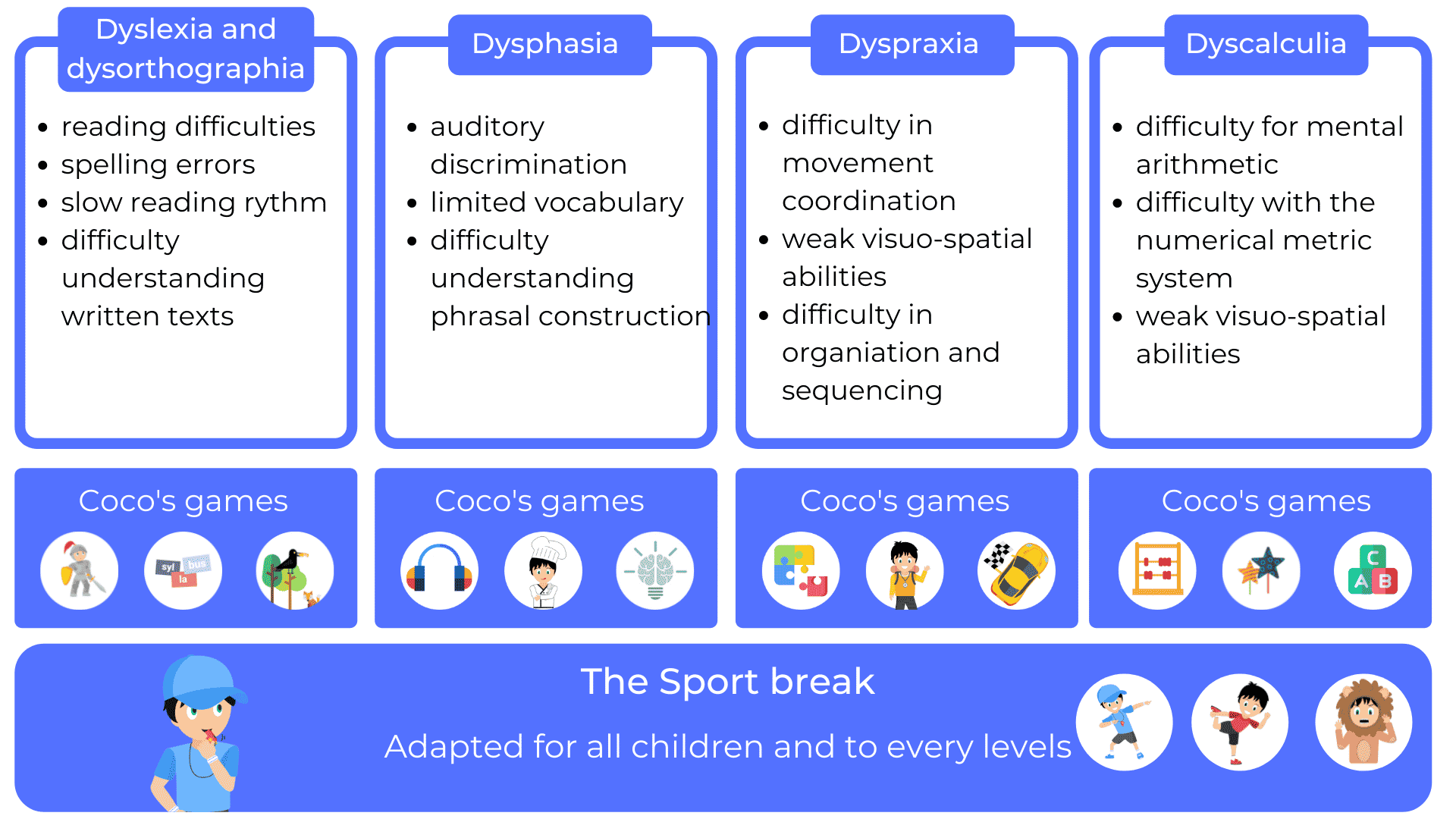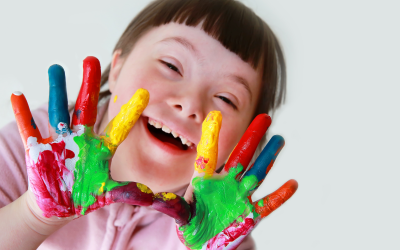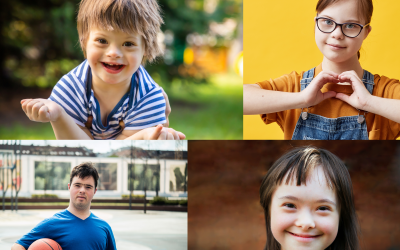Dyspraxia is a common disorder that affects an average of 6 out of 10 children. This figure only includes children between the ages of 5 and 12.
It is described as a neurodevelopmental disorder. Alcohol and tobacco use during pregnancy could induce the onset of dyslexia. A child with dyspraxia is at risk for learning difficulties. Do not confuse dyspraxia with other disorders. That is why it is necessary to give the symptoms of this “pathology”. Not to mention some accompanying solutions.
Be well informed in order to better help your dyspraxic child. We have written an overview of the signs and probable solutions to follow their progress and evolution.
Different signs observed in the dyspraxic child
You are not sure if your child is dyspraxic? Here are some signs to look for in order to make sure and ask for help. However, a diagnosis is required for confirmation. Dyspraxia will be confirmed by a physician (pediatrician, psychiatrist, etc.).
Difficulties in perceiving space
The daily life of a dyspraxic child does not seem easy. In particular, if the student is in a “regular class”. Indeed, the dyspraxic child has visual-spatial disorders. Visual information tend to be misperceived, resulting in poor orientation in space. These inconveniences manifest themselves in several ways.
The child might suffer from a bad spatial orientation. The disorder also results in a poor sense of orientation. You will notice that a dyspraxic child has difficulty locating certain objects in space. Such a child will have difficulty keeping his or her balance. Also, don’t be surprised if you find that it seems difficult for him to follow a path.
Difficulties in acquiring coordination
In a dyspraxic child, the muscles function normally and have developed well. But the parent may think that there is a motor disorder because of the similarities observed. This is not the case! It is important to know that this disorder is related to the central nervous system (CNS). The latter is composed of the brain and the spinal cord. It is thanks to this powerful system that the human being can ensure the great majority of the functions of his body. We have thought, perception, memory, etc.
This is why a dyspraxic child will have difficulty coordinating movements. It is mostly about voluntary actions. We know that reflex movements are independent of the will. A child with dyspraxia may have difficulty tying his or her shoes. However, it is a simple gesture that we learn to do early on. This concerns a fairly easy gesture like getting dressed. Let us also mention the case of the so-called “brutal” gestures.
A clumsy child
There is a difference between clumsiness and dyspraxia. A short explanation is necessary so that everyone has clear ideas. Not every clumsy child is dyspraxic. However, dyspraxia promotes this condition in children. Clumsy gestures can be observed in a normal child. In the case of the dyspraxic child, the clumsiness manifests itself in his daily life as well as at school. He has hard time fully performing some of his school activities properly because of his clumsiness. In addition, in dyspraxia, clumsy gestures are most often repeated.
Dyspraxic children: signs at school
A dyspraxic child who attends school is recognizable through a variety of signs. Through their writing style: you can notice two, the first is his slow execution of the writing. This student also has clumsy handwriting. Here, we mean that the dyspraxic child forms the letters of the alphabet badly.
There is also his inability to solve simple calculation. Hence poor results in mathematics. A child with dyspraxia is reluctant to do graphic activities because he/she is not able to do them as the teacher requests. Finally, a dyspraxic student will tend to have difficulty manipulating classroom tools. It refers to the ruler, the compass or a chisel.

What are the measures to accompany a dyspraxic child?
Every parent should look for support for their dyspraxic child. What can be done?
Good family support
The family setting must support the development of each child diagnosed with dyspraxia. The family is an indispensable pillar for a good rehabilitation. Do not ask your dyspraxic child to perform tasks out of their reach, only to do thier best. You can offer creative activities. Select activities based on their interests to get them more involved.
Get the person with dyspraxia to follow the therapist’s instructions. Offer physical activities, as they are helpful. Give your dyspraxic child a bike or bicycle. Be patient with the child.
Call in a specialist
An accredited professional is able to ensure that a child with dyspraxia receives appropriate care. An occupational therapist will be able to take care of him. OT’s intervene on the level of re-education of gestures. The occupational therapist uses manual activities. On the other hand, a speech therapist has a role to play. This speech-language pathology professional will act to correct any language disorders.
The psychological problems that can accompany dyspraxia can be overcome with the help of a psychologist. Namely: isolation, stress, anxiety, etc.
Care in specialized structures
Structures or devices have been set up to help children or disabled people with learning disabilities. You can contact the National Center for Learning Disabilities, also known as NCLD, to get ressources and information about dyspraxia. It is also a place of diagnosis for parents who want to know the status of their child. Once diagnosed, the dyspraxic child can receive adequate care.
Provide educational activities adapted for dyspraxic children
Other articles that might interest you:
Supporting children with autism
Dynseo proposesSUPPORTING CHILDREN WITH AUTISM with COCO THINKS AND COCO MOVESDynseo and its team are very much...
Supporting DYS children with COCO THINKS and COCO MOVES
Dynseo proposesDYS disorders with COCO THINKS and COCO MOVESOur educational and pedagogical games program COCO THINKS...
Language development
Children communicate from birth with movements, crying, looking at each other or with smiles. After only a few months,...
Supporting children with Down Syndrome with Coco
Dynseo proposesDOWN SYNDROME with COCODown syndrome is a non-hereditary chromosomal abnormality that leads to the...
Supporting people after a stroke
Dynseo proposesStroke with CLINT, your brain training coachThe Dynseo team is very involved in helping people who have...
Supporting someone with Alzheimer’s
In this guide, we will detail how SCARLETT can be used for supporting someone with Alzheimer's. SCARLETT is a...
10 myths about the human brain you didn’t know
The brain is an incredible muscle, however there are many things we do not know, and what we do know is not always...
Using Digital Tools to Support Students with Special Educational Needs
Special Educational Needs (SEN) encompass a wide range of learning difficulties and disabilities that can hinder a...
Down Syndrome and Communication: Facilitating Interaction with Visual and Interactive Supports
When we think about Down syndrome, we often recognize it as a genetic condition that affects physical and cognitive...
How to Track Progress in People with Down Syndrome Using Digital Tools
Down syndrome, a genetic condition caused by the presence of an extra chromosome 21, affects approximately 1 in every...












